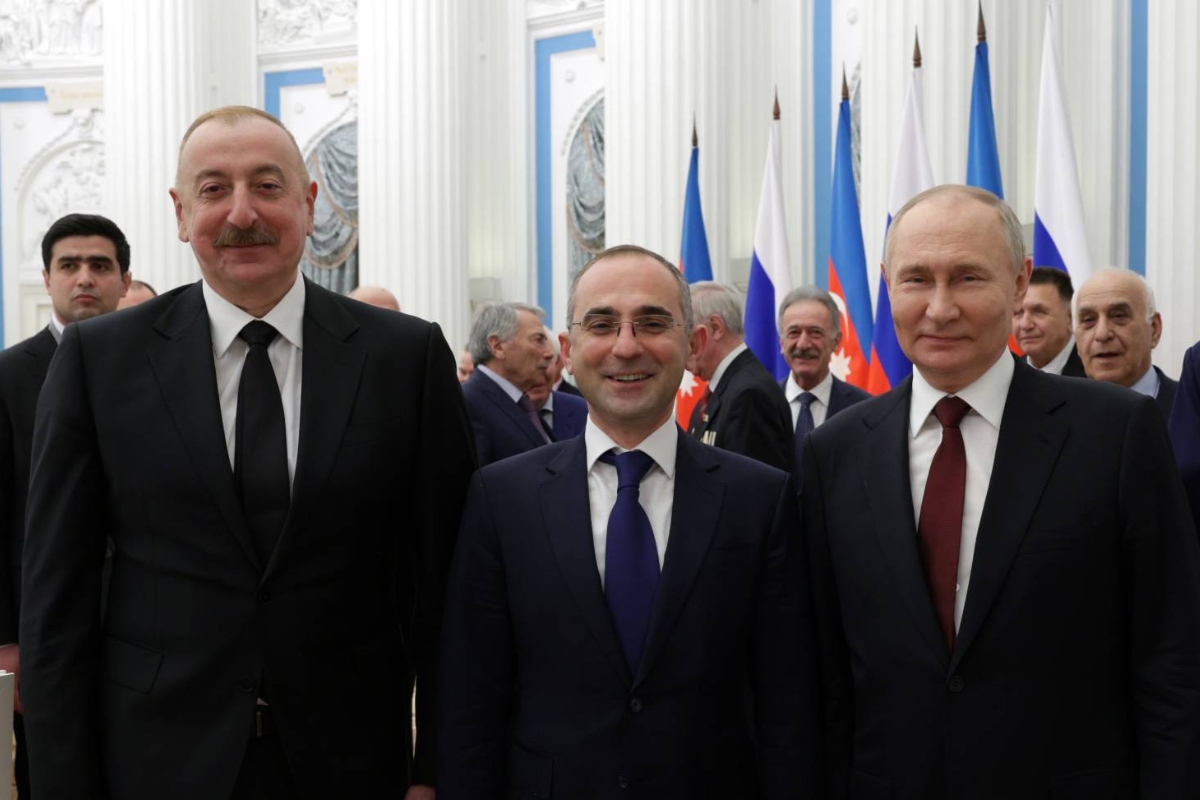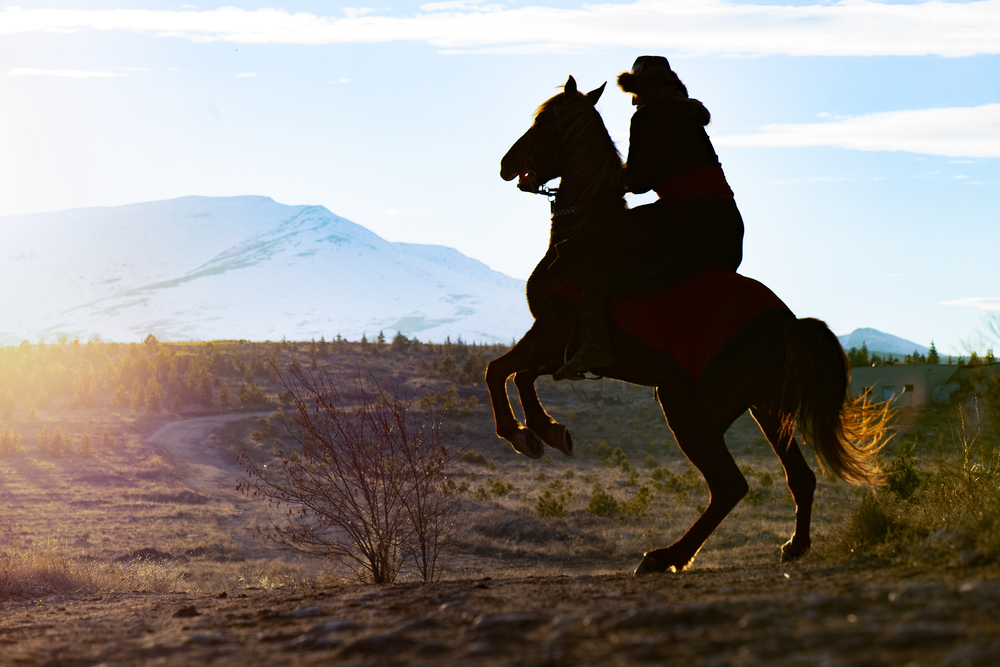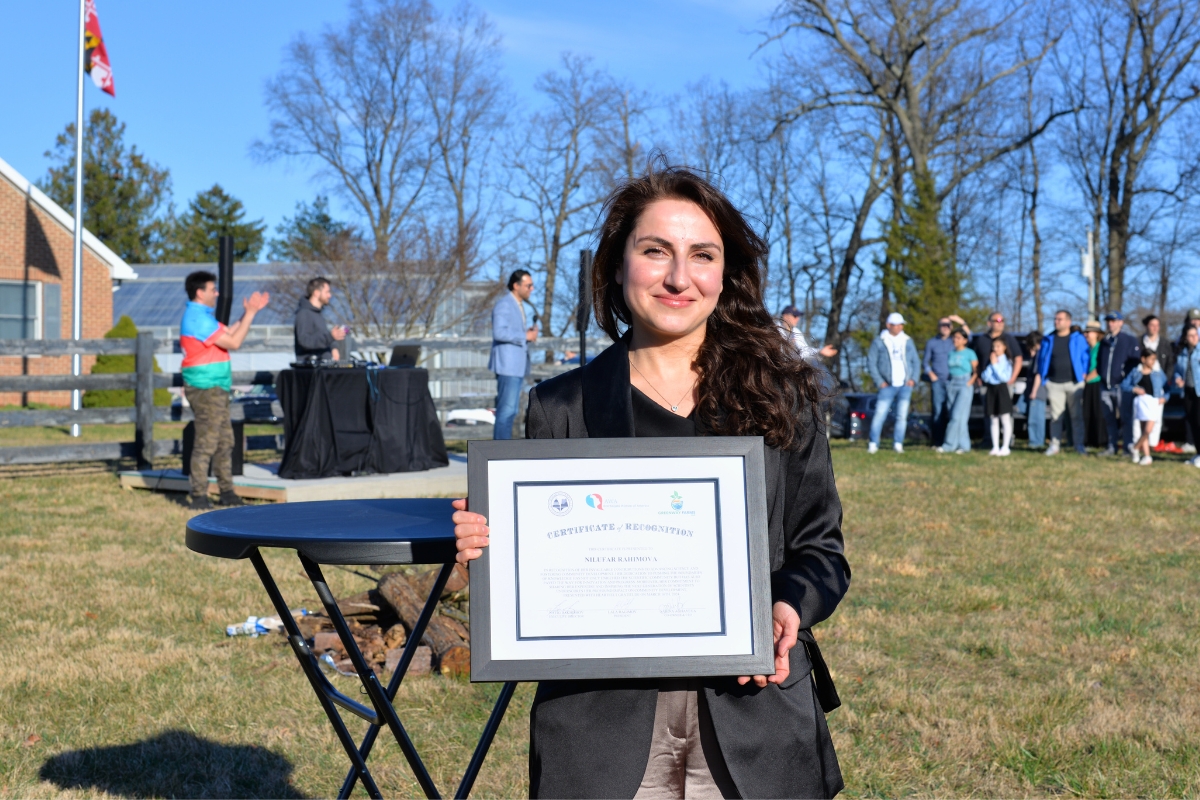- Home
- Uzbekistan’s Tourism Villages
19 October 2023
Uzbekistan’s Tourism Villages
Uzbekistan’s tourism village scheme is highlighting best practice in community-based tourism by supporting the rural tourism industry, with one village, Sentob, winning the 2023 UNWTO award for Best Tourism Village.

Image: Maximum Exposure Ltd
Think about tourism in Uzbekistan, and the first thing that comes to mind is the great Silk Road cities of Samarkand, Bukhara, and Khiva, their UNESCO monuments a dazzling composition of blue and turquoise tiles, elegant domes, and gilded interiors. But as the country matures as an international tourism destination, it is developing new tourism products, encouraging tourists to visit year-round and discover more of the country, and, in doing so, moving toward sustainability. Responsibility for Uzbekistan’s tourism development and promotion recently shifted to the Ministry for Ecology, Environment, and Climate Change, and the Presidential Decree, which instructed that change, emphasized the importance of ecotourism. Cultural heritage, while still a key component of the country’s tourism strategy, is no longer its sole anchor.
Uzbekistan has created new national parks to encourage tourism development in rural areas, including the Aralkum National Natural Park and the South Ustyurt National Park, both in Karakalpakstan. The Gissar State Reserve in the Kashkadarya Region is also on track to receive national park status, which will remove the requirement for permits and make it easier for the public to visit. In parallel with this, Uzbektourism has introduced a tourism villages scheme, highlighting best practice in community-based tourism (CBT) and supporting rural tourism businesses.
Two of the best-established tourism villages in Uzbekistan are in the Nurata-Kyzylkum Biosphere Reserve, a protected area within easy reach of both Samarkand and Bukhara. This ease of access is important as it encourages tourists to add a CBT experience to their classic Uzbekistan itinerary. The residents of Sentob and Hayat have established homestays and guesthouses, provide hiking and sightseeing guides, organize cookery classes and cultural performances, and welcome visitors into their orchards and smallholdings to show them what rural life is like. “In Sentob, there are now more than 30 business entities,” explains Shokhrukh Mukhammadiyev from the Navoi Tourism Department. “Thanks to this, about 200 unemployed residents, including women, have received permanent jobs.”
I first visited Sentob in 2019, staying at Rahima’s Guesthouse. The guesthouse is simple but set in a large, fertile garden. Fruit and vegetables grown in the village are served at every meal, and the freshly baked bread comes from a tandor at the side of the house. The pace of life here seems much less frenetic than in the cities, and unlike in a hotel where you are physically removed from local people and their homes, here you feel part of the community. As we sat lazily in the garden after lunch, neighbours would pop by, sometimes just for a chat and other times to play their musical instruments in the shade. When we wanted to go out for a walk—one day to see a waterfall, another to a petroglyph site and the ruins of an abandoned village—someone would always appear to guide us and keep us company on the way.
CBT-specialists Responsible Travel bring many of their guests to Hayat, a short distance from Sentob. This village is the starting point for a four-day mountain trek, which, while strenuous, is still a realistic activity for most tourists of moderate fitness. Luggage is transported from village to village by donkey, leaving walkers unencumbered. Experiences such as this not only offer an attractive contrast to city sightseeing but also expose visitors to Uzbekistan’s varied flora and fauna. On this particular route, there is a good chance of spotting Severtzov’s wild sheep (Ovis Ammon Severtzovi). The Nuratau Mountains are the last refuge of this highly endangered species: 90% of the world’s remaining population lives in this area.
Sometimes, just getting to Uzbekistan’s tourism villages is part of the adventure. Gulnora Khurramova, founder of International Caravan Travel Service, is a regular visitor to Gilan in Kashkadarya, but the village is 80 km from Shakhrisabz, the road is in poor condition, and you need a 4x4. It is well worth the effort, however. Not only is the scenery around Gilan uncommonly beautiful, but it is also an unexpected pocket of culture.
“Local artist Muhamedi Chorshanbiev is very talented,” notes Gulnora. “You can visit him at home to see his workshop and gallery. In the evenings, he will sometimes come to Niso Guesthouse and sing songs on a rubab he’s made himself.” And Muhamedi is not the only artist in Gilan: it is a miniature artist’s colony. The artists aren’t producing works with tourists in mind, but there’s a strongly appealing authenticity to the paintings, so guests often come away having bought original artworks as souvenirs.
From 16-20 October 2023, Samarkand hosted the 25th session of the UNWTO (UN World Tourism Organization) General Assembly. It is the first time the biennial event has been held in Uzbekistan, and delegations from 160 UN member states attended. A meeting of the Committee on Tourism and Sustainability and an award ceremony for the Best Tourism Village was on the agenda, the latter of which was won by Sentob. Uzbekistan showcased its own tourism villages, which are spread all across the country, and demonstrated how this model can drive rural development. Kyrgyzstan might have pioneered CBT in Central Asia, but it is in Uzbekistan that the rest of the world’s tourism ministers and policymakers saw CBT in action and will hopefully be inspired to replicate the tourism village scheme at home.






